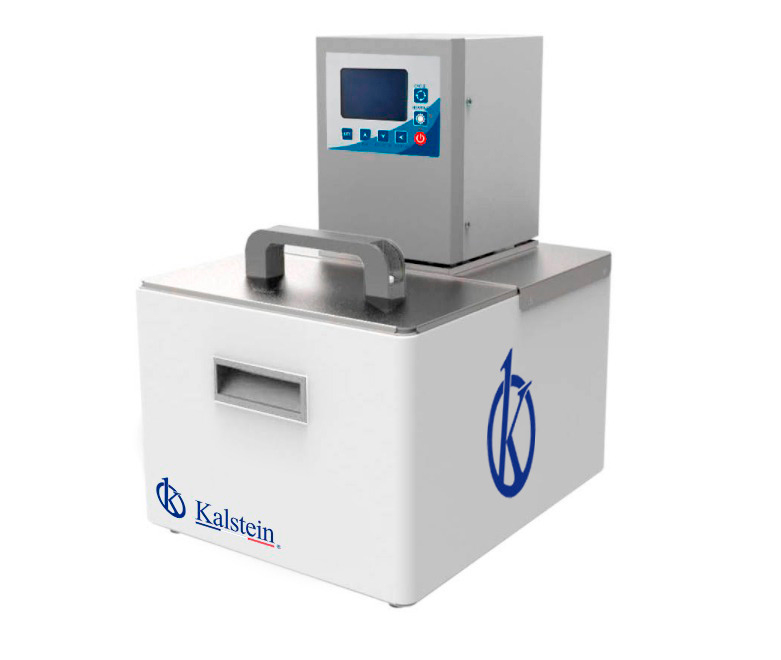A laboratory bath is a thermostatic equipment operated for chemical research studies, transferring heat indirectly, by thermal convection, to a sample that requires analysis uniformly.
The laboratory bathroom has many functions, depending on the use you want to apply, which can perform from very basic tasks to multiple tasks simultaneously. Among them are the water baths, and the oil baths, both serve thermoregulatory functions, and have alarm systems, preventing unnecessary submission of samples, making the work easier for the user.
General Functions
Initially, water baths and oil baths are necessary units in laboratories for the control of the uniform temperature of chemicals or samples. They have ideal characteristics, both are stainless steel, and internally are coated with an antibacterial layer, avoiding risks in the environment.
In this sense, the functions of the water bath, is to avoid the exposure of heat sources of substances with flammable characteristics, immersing them in the unit until they reach boiling. In addition, it has different filling sizes or special functions, among these, the alarm limit values, which allows the temperature inside, is exceeding the limits.
On the other hand, oil baths are used to heat chemical reaction mixtures, with a heating plate, introducing it into the bath of silicone, mineral, or cottonseed oil. In this way, it conducts heat to the entire exterior of the reaction vessel, causing in the substances uniformity and consistency.
Differences between Baño de María and Baño de Aceite
Oil baths are essentially similar to water baths, only liquid is replaced. The reason for its use is that this liquid allows to achieve temperatures that highlight 100 ° C, reaching even up to 275 ° C. One of his excellencies is, he doesn’t evaporate quickly.
It should be noted that common mineral oil is not used when extremely high temperatures are needed, because if it exceeds 200 °C, it is likely to self-inflame, causing irreparable alterations.
Furthermore, any adverse temperature changes that occur may produce irrevocable results, especially in the field of research. For this reason, these equipment compose a locking function, preventing the essential operating parameters from being integrated.
Recommendations for Use
To optimize the use of the equipment and avoid risks to users, it is recommended to comply with certain instructions, including:
- Monitor the temperature once a week and make sure it is from 90 °C, for half an hour for decontamination.
- Avoid the growth of infectious substances within equipment.
- Apply water-resistant contrasts, as these usually come out more easily in water baths.
- Handle equipment in ventilated areas or in exhaust hoods
- Place in a constant area, away from materials that are flammable.
Water Baths and Oil Baths brand Kalstein
We at Kalstein, are trained to meet the demands of our users, in terms of the selection of laboratory equipment, we offer you, the Water Bathrooms and Oil Bathrooms, corresponding to the YR series, with multiple attractive features, where both have intelligent control systems of microcomputer, has advantages of a rapid increase of stable temperature, and easy operation. Dual-use water and oil: the maximum temperature can reach 250°C. Double-window LED digital display temperature measurement value and temperature setting value respectively, convenient to touch the key. It is suitable for chemical reactions, biomedicine and other industries, which need a high temperature field. Optional magnetic stirring device for high temperature reaction, among others.
To learn more about our products, visit HERE
At Kalstein, as manufacturers, we provide all the advice our customers need, so that their purchase is ideal, and at excellent prices.
Come visit us at HERE

